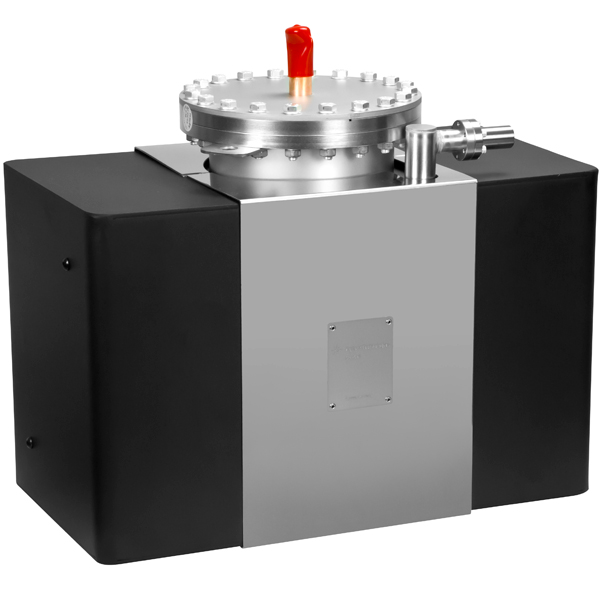work in progress....
different pumps for different pressures:
Pumps come in many different shapes, sizes, and types.
When we want to get to really low pressures (which is most of the time here at LCLS) we use layered tiers of pumping: where we turn on one type, wait until the pressure stops dropping, then turn on the next, and again when the pressure stops dropping again we turn on a third type.
An example pumping sequence goes like this:
A vacuum chamber filled with air at room pressure is to be pumped down into really low pressures:
Turn on the first pump, it pulls air and the pressure drops, through viscous flow and a bit into molecular flow, he pressure drop slows and then stops. The pump can't remove molecules any faster than they're leaking into the chamber. Turn on the second pump. It could probably viscous flow as it starts up, but as it's blades spin faster and faster (think jet engine) ....... then ion pump.......
Scroll pump standard model: Anest Iwata ISP-250C manual
Types of pumps
Roughing pump
operating pressures
scroll pump (animation of pumping action)
Turbomolecular pump (ie: turbopump, turbo)
operating pressures
turbopump blade/molecule interactions:
operating pressures: 1e-5 torr and below
vendor: gamma vacuum
Getter pump
Cryopump
https://uspas.fnal.gov/materials/15ODU/Session4_1_MechanicalPumps.pdf
https://uspas.fnal.gov/materials/15ODU/Session4_2_IonPumps.pdf



